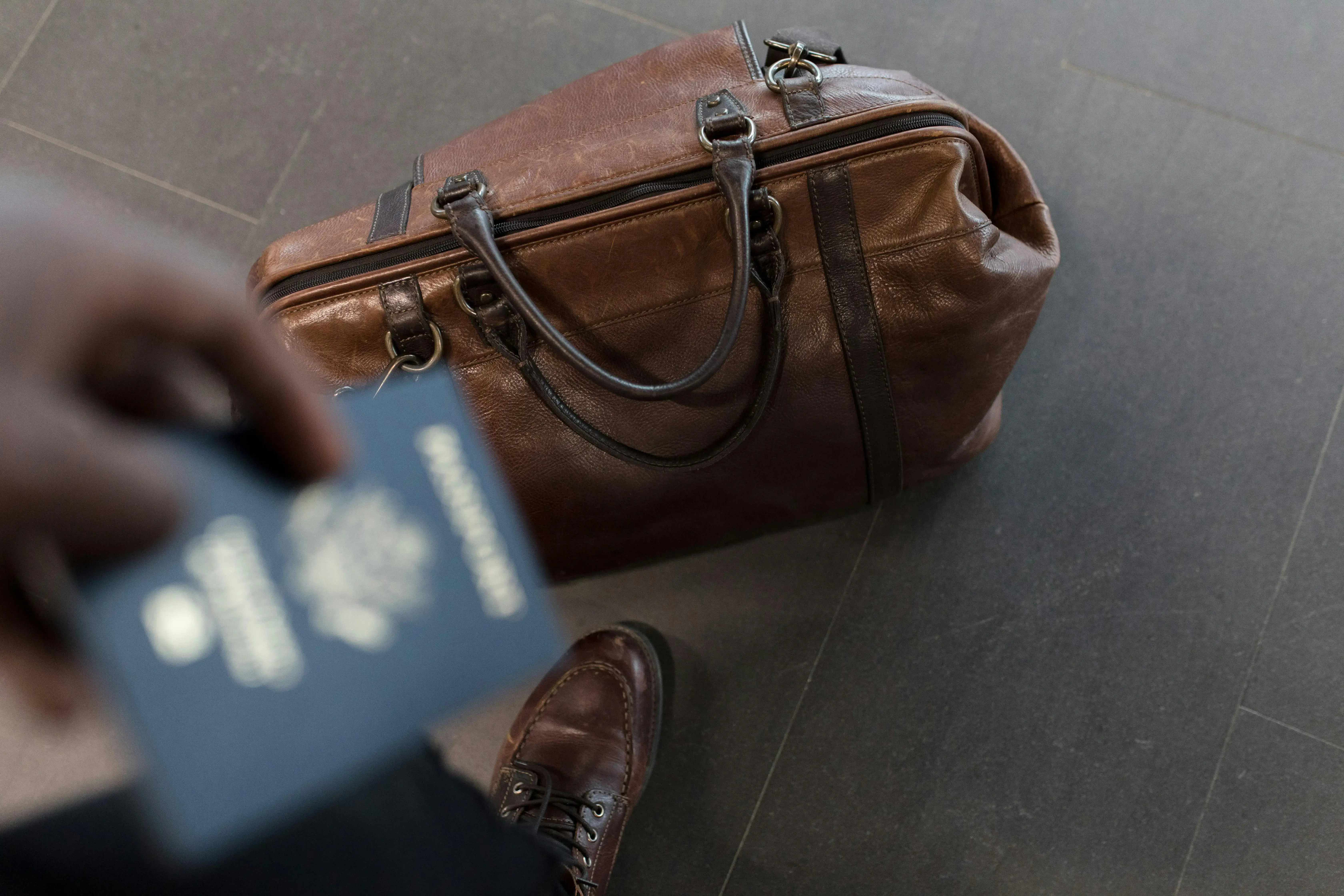
Kudos has partnered with CardRatings and Red Ventures for our coverage of credit card products. Kudos, CardRatings, and Red Ventures may receive a commission from card issuers. Kudos may receive commission from card issuers. Some of the card offers that appear on Kudos are from advertisers and may impact how and where card products appear on the site. Kudos tries to include as many card companies and offers as we are aware of, including offers from issuers that don't pay us, but we may not cover all card companies or all available card offers. You don't have to use our links, but we're grateful when you do!
How to Thrive in a Cashless World – Practical Guide to Living Cash-Free
July 1, 2025


Welcome to the future – or perhaps the present! Living in a cashless world is becoming reality for many of us. In 2025, digital payments are ubiquitous: you can buy coffee with your phone, pay your friend through an app, and tap your card for the subway. But thriving in a cashless world takes more than just using these tools; it’s about using them smartly and safely.
This practical guide will help you navigate daily life without cash. We’ll cover how to set up your digital wallet and use payment apps, how to maximize credit card rewards (so you’re getting the most benefit from going cashless), and ways to stay secure and budget when all your money is digital. Think of this as a roadmap to go cash-free with confidence.
Whether you’re new to cashless living or pretty comfortable with it, these tips will ensure you’re making the most of modern financial tools – all while avoiding common pitfalls. Let’s dive in and get you set up for success in the cashless era!

Step 1: Set Up Your Digital Wallets and Payment Apps
The first step to thriving without cash is to get your digital payment tools in order. Start with a digital wallet on your smartphone, such as Apple Pay, Google Pay, or Samsung Pay – whichever matches your device. These wallets securely store your credit or debit card information and let you pay with a tap of your phone or even a smartwatch. Setting them up is straightforward: download the app (if not pre-installed), follow the prompts to add a card (you’ll usually scan the card or enter details manually, then verify via a code from your bank), and you’re done.
Once set up, you can use your phone at any payment terminal that shows the contactless symbol. It’s fast and extremely secure – your card number isn’t transmitted; instead, the wallet uses a encrypted token for each transaction, protecting your data. Mobile wallets are accepted at 80%+ of in-person Visa card transactions as of 2024, so chances are you can tap-to-pay in grocery stores, pharmacies, transit systems, and more.
In addition to a mobile wallet, install any peer-to-peer payment apps you might need. Common ones in the U.S. include Venmo, PayPal, Cash App, Zelle, etc. These let you send money to friends or small vendors quickly. For example, splitting rent with a roommate or paying the neighborhood babysitter can be seamless via these apps. They usually link to your bank account or card.
Set up automatic bill payments as well. Log in to your utilities, phone service, streaming subscriptions – any recurring bill – and enter a credit/debit card or link your bank for auto-pay. This not only means you won’t need to write checks (or get money orders), but it also ensures you never miss a payment (just keep an eye on your account balance). With everything from rent to Netflix on auto-pay, your financial life becomes largely hands-free. Just be sure to check the bills for accuracy and have alerts on (most providers will email a notice before charging).
By equipping yourself with these digital tools, you’re essentially replicating all the functions cash used to serve: day-to-day purchases (covered by cards/phone), person-to-person payments (apps), and saving/storing money (your bank’s online portal). The setup might take an hour or two total, but after that, you’ll find you rarely, if ever, miss having cash in your pocket.
Step 2: Link Your Credit Cards Strategically (Maximize Rewards)
Now that your payment methods are digital, it’s time to optimize your spending. Going cashless means most of your purchases will likely go on credit cards or debit cards – and using the right credit card for each purchase can earn you significant rewards. This is where you truly thrive (financially) in a cashless world: by maximizing credit card rewards on everything. If you have multiple cards, take stock of their reward categories. For example, one card might give 3% back on groceries, another 2% on gas, another 1.5% on everything. You’ll want to use each card where it yields the best reward. This way, your groceries, gas, dining, travel etc., all earn the highest possible cashback or points.
To do this without going crazy remembering which to use when, consider using a tool like Kudos’s smart wallet or other reward tracking apps. Kudos can recommend the best card to use in real time when you’re shopping online. It’s like having a personal advisor: “Use Card X for this purchase to get 5% back.” Over time, this ensures you’re not leaving rewards on the table. If you don’t use Kudos, you can make yourself a little cheat sheet: list your top 2-3 cards and their bonus categories, and keep it in a notes app or even as a label on the back of the card.
Next, make sure all these cards are added to your digital wallets (from Step 1). Most mobile wallets let you set a “default” card – perhaps set your all-around best rewards card as default, then manually switch in-app for specific purchases if needed (or if using Apple Pay, you can select a different card on the fly by tapping your phone to the terminal and choosing the card).
Don’t forget new card bonuses and store partnerships. Being cashless, you’ll naturally put big purchases on cards – if you’re eyeing a new credit card with a signup bonus, timing it with a planned expense (like a appliance purchase) can net you those bonus points. Also, some wallets or cards have promotions: e.g., Apple Pay might offer $5 off a purchase at a certain retailer, or Chase’s app might have an offer for extra points at a store. Keep an eye on these in your card’s mobile app under “offers”.
By linking and leveraging your cards, every dollar you spend in this cashless life is working for you – earning rewards, building credit history, and often providing purchase protections (another unsung perk – e.g., many cards have built-in insurance for items or travel). The goal here is: use credit smartly. Always pay your statement in full each month (you can even set automatic payments for the full balance so you never incur interest). This way, going cashless and using credit is purely advantageous (rewards, convenience) with no downside (interest or debt).
In summary, to thrive: have the right cards, use them in the right places, and manage them wisely. Kudos can lighten this load significantly by automating the recommendations and tracking multiple cards’ rewards and even alerting you to expiring points – acting as your co-pilot in the cashless journey.
Step 3: Stay Secure – Protect Your Digital Money
Security is paramount in a cashless world. Here are actionable steps to keep your digital finances safe:
Use Strong Security on Devices/Accounts:
Ensure your smartphone has a passcode or biometric lock (fingerprint/Face ID) since it may now be your wallet. Enable app-specific locks for payment apps if available. For all financial accounts (bank, credit card logins, PayPal, etc.), use two-factor authentication.
This typically means when you login, you also confirm a code sent to your phone – it greatly reduces the chance of a hacker gaining access. Use unique, strong passwords for each financial account (consider a password manager to keep track). Yes, this is a bit of setup hassle, but it’s a one-time effort that pays off in peace of mind.
Be Alert for Scams:
In a cashless ecosystem, scams might target you via email, text, or calls. As a rule, never click suspicious links claiming to be from your bank or never give out verification codes you didn’t request. For example, if you get a text “Your bank account is locked, click here,” don’t click – instead, log in directly via your known app or call the bank’s official number. Phishing is a common way bad guys steal login info. Stay informed about common scams (like someone impersonating IRS or tech support asking for payment in gift cards – red flag!). When in doubt, verify independently.
Monitor Your Accounts Regularly:
Check your bank and credit card transactions frequently – say once a week or activate notifications. Many banking apps can ping you for every transaction or any purchase above a certain amount. This way, if an unauthorized charge occurs, you catch it immediately. Early detection means you can shut down a compromised card before more damage occurs. It’s as easy as a quick scroll through recent activity while you’re in line or having coffee.
Keep Software Updated:
Make sure your phone’s OS and payment apps are up-to-date. Updates often patch security vulnerabilities. The same goes for your computer if you do online banking there. Updates might be annoying, but they’re critical for security.
Have a Backup Plan:
As we discussed in cons, sometimes systems fail. Always good to carry at least one physical card (if you primarily use your phone to pay, keep a card in your bag just in case the phone battery dies or a store’s contactless reader isn’t working). Also, consider keeping a little cash hidden in your car or at home for emergencies (just a small amount for absolute necessities during an outage). It may sound counterintuitive in a “cashless” guide, but thriving means being prepared – a safety net ensures a hiccup doesn’t become a crisis.
Use Trusted Networks:
Avoid doing sensitive financial transactions on public Wi-Fi (like don’t log in to your bank on coffee shop Wi-Fi without a VPN). It’s rare but possible for hackers to snoop on unsecured networks. Using your phone’s data plan or a secure network is safer for banking.
By taking these security measures, you’ll greatly reduce the risks that come with digital finance. You’ll enjoy the confidence of knowing that your money is protected by multiple layers – much like how a physical wallet in your pocket, inside a zipped bag, gives layers of protection.
Many people who resist going cashless cite security fears; by proactively addressing them, you remove a big barrier and set yourself up to fully enjoy the benefits of cashless living with minimal worry.
Step 4: Master Digital Budgeting – Use Apps & Alerts to Control Spending
Budgeting in a cashless world might seem tricky, but actually you have powerful tools at your disposal. Here’s how to master your finances without tangible cash envelopes:
Use a Budgeting App or Finance Dashboard:
Apps like Mint, YNAB (You Need A Budget), PocketGuard, or your bank’s own spending analyzer can automatically categorize your purchases. For example, Mint can pull in transactions from your credit cards and bank, and show you how much you spent on Food last month vs this month. You can set budgets per category and get notifications if you approach the limit.
Since all your spending is digital, these apps have complete data – no more “oops, I forgot I paid $40 cash here or there.” By checking the app frequently, you’ll maintain awareness of your habits. YNAB even encourages you to assign every dollar a “job” (be it an expense or savings) which can be done digitally by allocating funds in their system.
Implement the Digital Envelope System:
If you liked the old envelope method (physical cash divided by purpose), you can do a digital twist. Some banks allow sub-accounts or saving buckets. Alternatively, you could get a prepaid card or a secondary checking account for discretionary spending. For example, each payday, transfer your “fun money” or dining-out budget to a separate account or even Venmo balance.
Use that for those expenses – once it’s low, you know you’re nearing the budget. This separation helps mimic the discipline of cash envelopes (when the envelope is empty, you stop spending in that category). There are also fintech apps specifically for this purpose that create digital envelopes.
Set Alerts and Review Weekly:
Nearly every banking or credit card app allows custom alerts. Set one for when your credit card balance goes above a certain amount (say $X you’ve budgeted as monthly spend) – this heads-up can tell you, “Hey, you’ve spent $3,000 already and it’s week 3, slow down.” Some people set daily alerts: e.g., an email with yesterday’s transactions or current balance. It might sound like a lot, but these little nudges keep you on track in lieu of the physical act of money dwindling.
Plan for Cashless “Extras”:
One risk of cashless life is signing up for too many subscriptions because it’s just a card on file. Do a subscription audit every few months. There are services (like Truebill/Rocket Money) that find and help cancel unused subscriptions. Or you can manually list them – are you still using all 5 streaming services or that free trial that became paid? Canceling unused subs can free up budget.
Leverage Credit Card Statements for Insight:
At the end of each month, glance over your credit card statement or the spending report many issuers provide. Many credit card companies break down your spending by category for you. This birds-eye view can highlight “Wow, I spent X on restaurants – maybe too much” or “Only $20 on books, that’s fine.” It reinforces your budget app data and is a good reflection point.
The key mindset shift: with cash, once it’s gone it’s gone; with credit, you could overspend – but if you use these tools, you create artificial but effective stop-gaps to mimic that control. Many people find once they get used to digital tracking, it’s actually easier than manual budgeting, because math and tracking are automated. You might end up more in tune with your finances than ever before.
Step 5: Embrace New Opportunities (and Keep a Backup for Old Ones)
Thriving in a cashless world isn’t just about replacing cash – it’s also about embracing new opportunities that digital finance offers. Explore things like digital-only banks or high-yield savings accounts (since you’re comfortable online, you can shop around nationally for the best interest rates, not just rely on a local brick bank). Try out fintech tools that round up your purchases into savings or investments (since all spending is digital, you can seamlessly save your “spare change” into an investment app). These are benefits that come when you’re fully engaged in the digital money ecosystem.
Another opportunity: if you have multiple cards and apps, you could optimize each transaction. For instance, some people stack rewards: use a cashback portal online plus a rewards card plus a coupon. (Kudos actually helps with this by automatically applying extra cashback at certain stores – giving you 2-3x more rewards). This kind of stacking isn’t possible with cash. It might not be your cup of tea to do extreme couponing, but know that in the cashless world, those who put in a bit of effort can really maximize value.
International and Crypto: If you deal internationally, learn about Wise (formerly TransferWise) or other digital remittance services – far cheaper than wiring money, and very handy. And while not necessary, educate yourself a bit on cryptocurrency or other digital currencies. Even if you don’t use them, understanding them can prepare you for future shifts (some people use crypto as an alternative in places where traditional banking is weak). This is optional, but part of thriving is staying informed of all digital payment forms.
Finally, always keep a little fallback as we mentioned. This could be a small cash stash or just maintaining one bank account at a physical bank you can walk into if needed. It’s not that you’ll use it often, but it’s peace of mind. Consider it like keeping a spare tire in your car – you hope not to need it, but you’re glad it’s there.
With these steps and a proactive approach, you won’t just live in a cashless world – you’ll flourish in it. You’ll likely find you save time, earn more rewards, and have better control over your money than you did when juggling bills and coins.
Conclusion
Living cash-free is a big change from the old days of wallets bulging with bills, but it can be incredibly liberating and efficient. By setting up solid digital systems (wallets, apps, cards), staying on top of security, and using smart budgeting techniques, you can enjoy the convenience of cashless payments while avoiding the pitfalls. The bottom line: a cashless world doesn’t mean chaos or losing control – in fact, with the right strategies, you gain more control and insight into your finances than ever.
Through all this, remember that Kudos is here to help. As your all-in-one credit card companion, Kudos takes a lot of the guesswork out of cashless living – from telling you which card to use for max rewards to keeping an eye on your credit score. It’s like having a personal financial assistant in your pocket (or browser) as you navigate this cashless landscape. So add Kudos to your toolkit, follow the steps above, and you’ll be well on your way to not just surviving, but truly thriving in a cashless world.

Happy (cashless) spending, and welcome to the future!
FAQs (How to Thrive in a Cashless World)
How do I start going cashless?
Begin by setting up the basics: get a debit or credit card if you don’t already have one (a bank account is necessary for most digital payments). Then set up a mobile payment app or digital wallet on your phone (like Apple Pay or Google Pay) and add your card to it. Next, download any peer-to-peer payment apps you might need (Venmo, Zelle, etc. for sending money to friends). Finally, set your bills to auto-pay online. Start using these for everyday purchases and gradually you’ll find you need cash less and less.
How can I pay for small things like tips or vending machines without cash?
Many traditionally cash-only scenarios now have digital solutions. For tipping, a lot of service apps (like Uber, food delivery) let you tip in-app. If you want to tip a valet or barista in cashless form, you could use services like Venmo (some people print their QR code for Venmo on a card) – but realistically, carrying a few small bills for spontaneous cash tips isn’t a bad thing, even in a mostly cashless life. For vending machines, many are equipped with card or contactless readers now; you can tap your phone or card. If a vending machine is old-school, you might be out of luck unless you have coins, so maybe plan ahead (buy snacks at stores where you can use card, etc.).
How do I handle emergencies in a cashless world?
For personal emergencies (like you lost your cards or your phone died and you need gas), it’s wise to have a backup plan. Keep an emergency $50 or $100 in your glove box or hidden in your phone case, just in case you absolutely need cash (e.g., a tow truck that only takes cash, or buying food during a power outage). Also, memorize or keep somewhere secure the phone numbers of your bank/card issuers – if you lose your cards, you’ll need to call to cancel them (you might not have internet to look it up).
How can I teach myself (or my family) to be responsible without cash?
Start with transparency and education. If you have kids or even for yourself, use apps that show spending visually. For instance, some parents use family finance apps or prepaid debit cards for teens that display how money is spent, helping young people learn. Set clear budgets and perhaps use a shared app where everyone logs or at least can view the expenses. For yourself, you might set a rule like “I will check my bank balance every morning” to stay grounded. Some find it useful to occasionally use a visual aid – for example, after a month, withdraw the amount you saved by using rewards and show it physically (then deposit it back). It reinforces that digital actions had tangible results.
Will cash disappear completely, and how can I prepare for that?
It’s unlikely that cash will disappear entirely in the very near future, but its use is steadily declining. Already, many people go weeks without using cash. Trends suggest we’re moving toward a “less-cash society” rather than totally cash-free. However, being prepared means getting comfortable with the digital tools as we’ve outlined. To prepare, do exactly what this guide covers: adopt digital payments, maintain good digital security, and keep an eye on financial inclusion issues (make sure people around you who might struggle with cashless options have help or alternatives).
Unlock your extra benefits when you become a Kudos member

Turn your online shopping into even more rewards

Join over 400,000 members simplifying their finances

Editorial Disclosure: Opinions expressed here are those of Kudos alone, not those of any bank, credit card issuer, hotel, airline, or other entity. This content has not been reviewed, approved or otherwise endorsed by any of the entities included within the post.
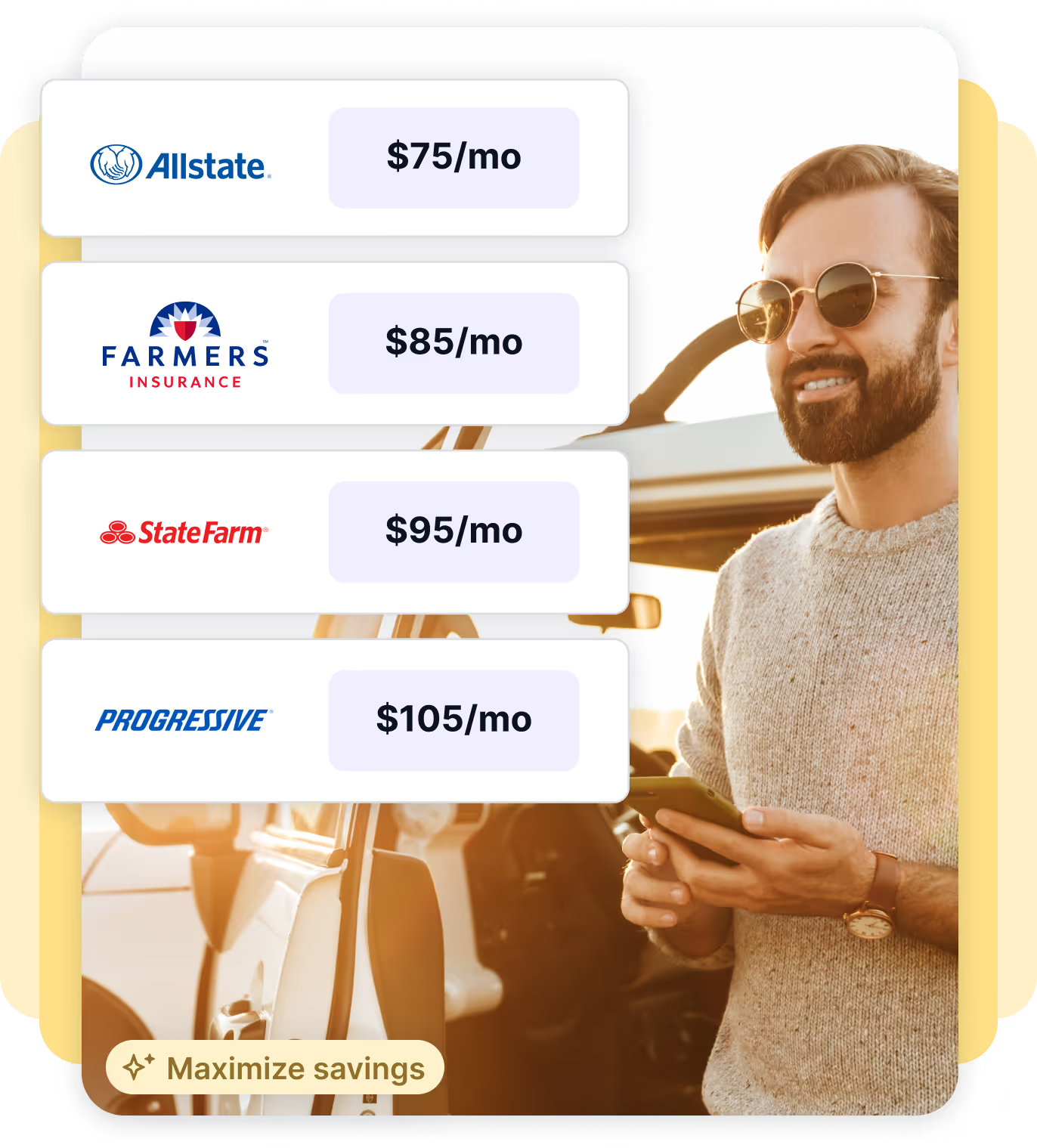
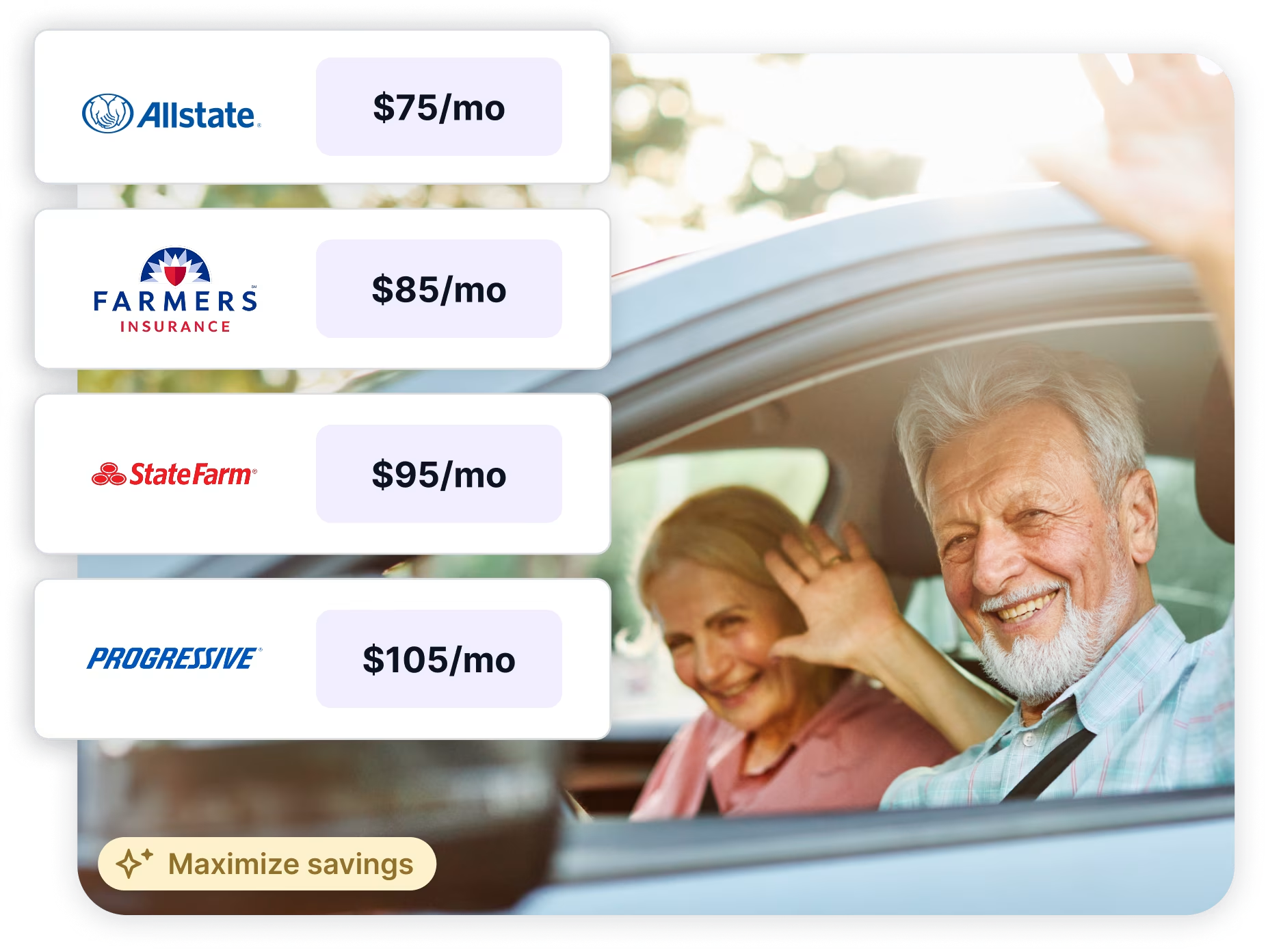
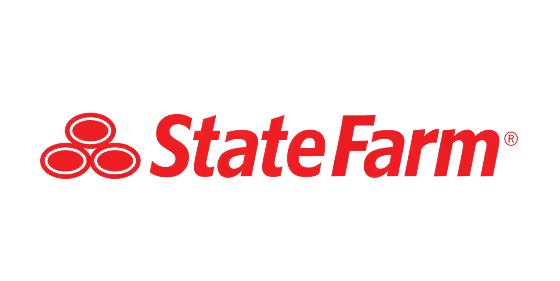
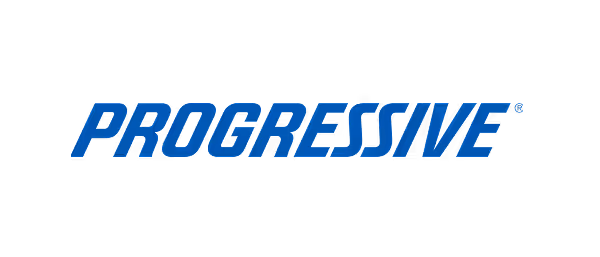
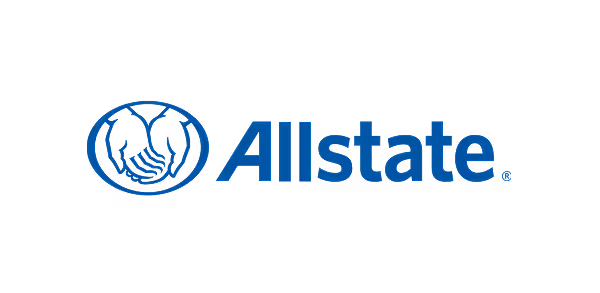



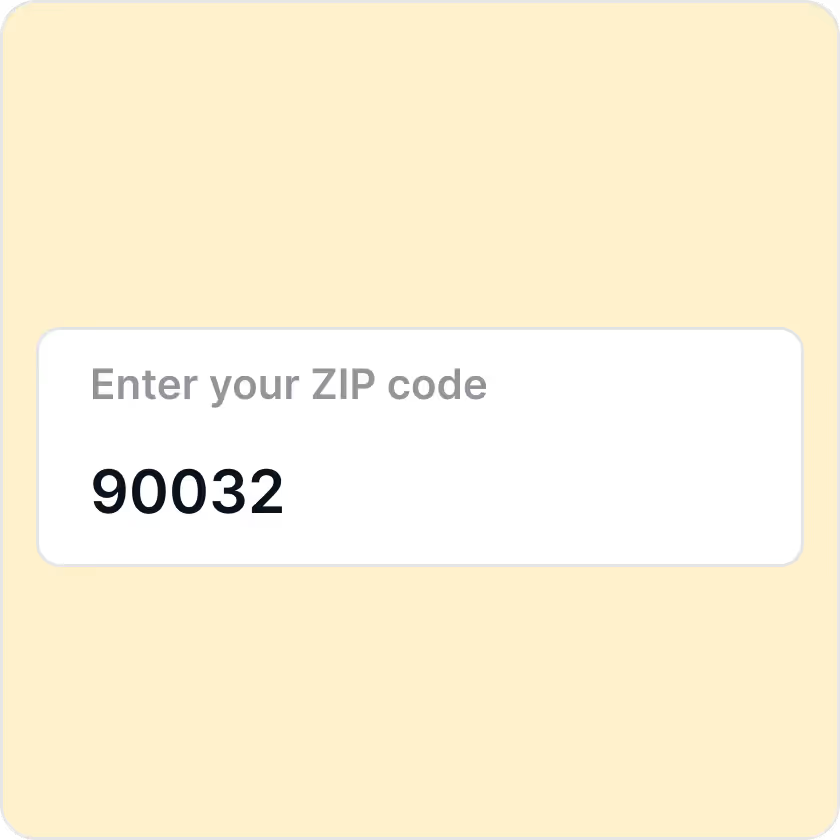

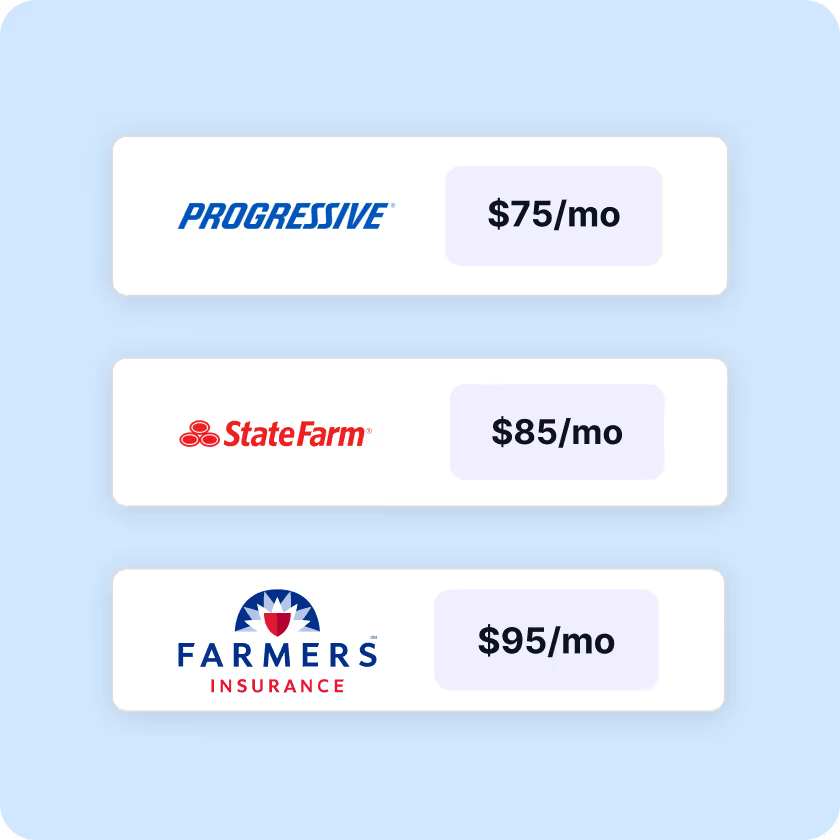
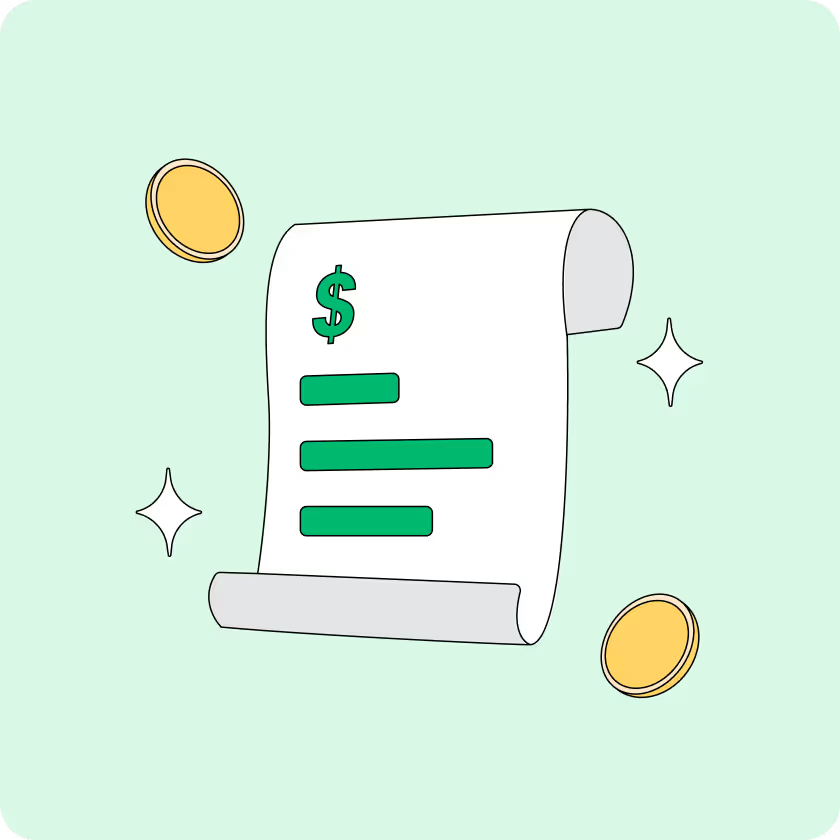























.webp)
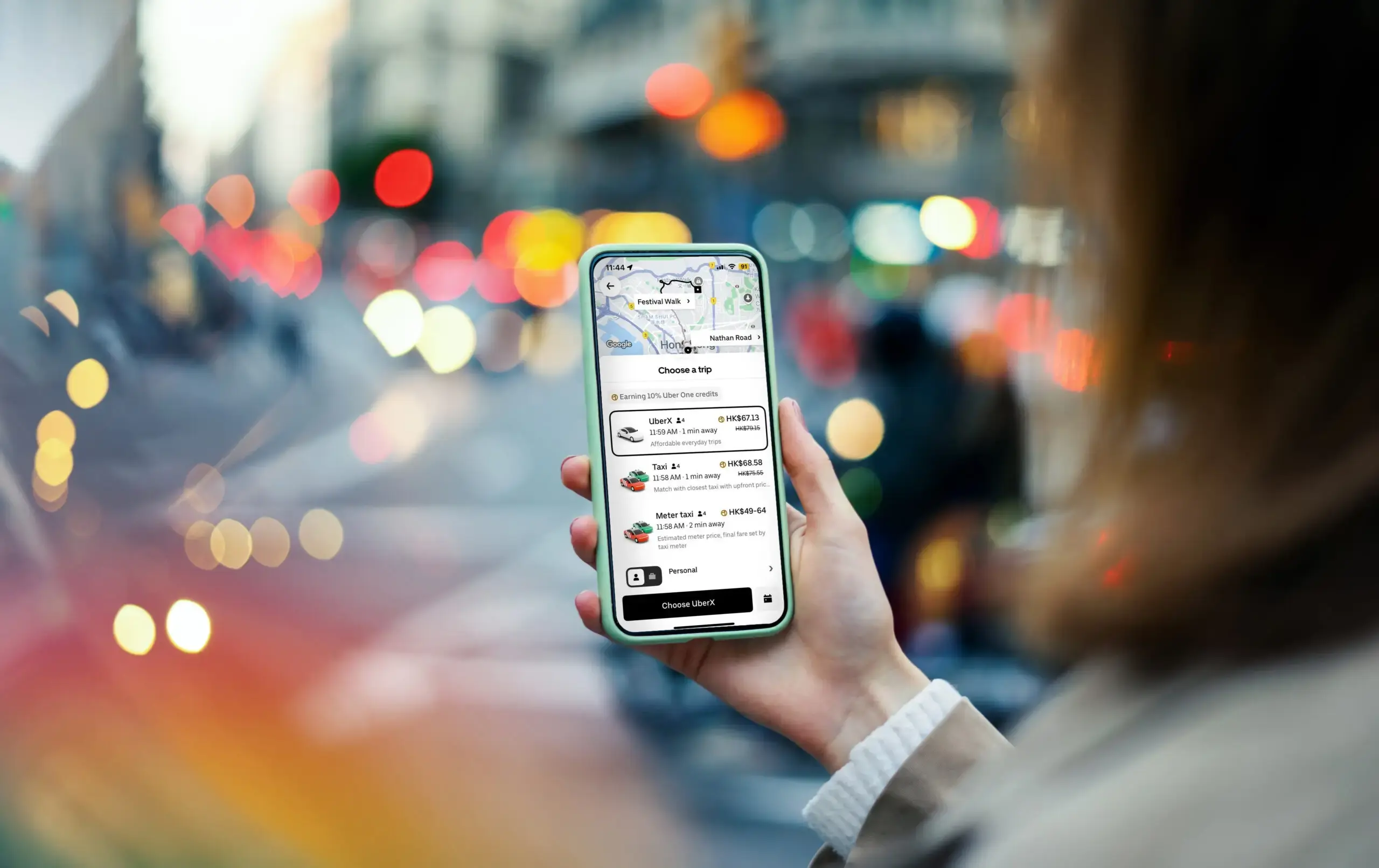

.webp)
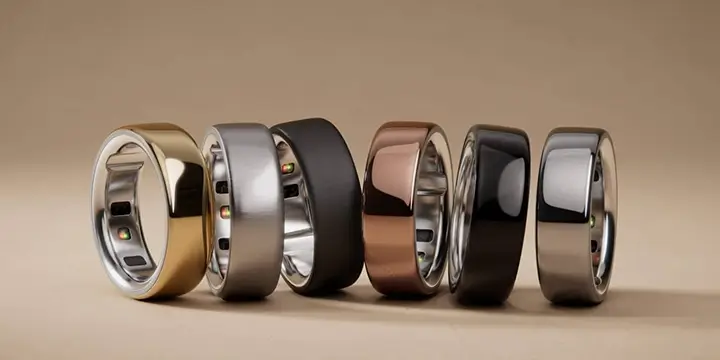
.webp)



